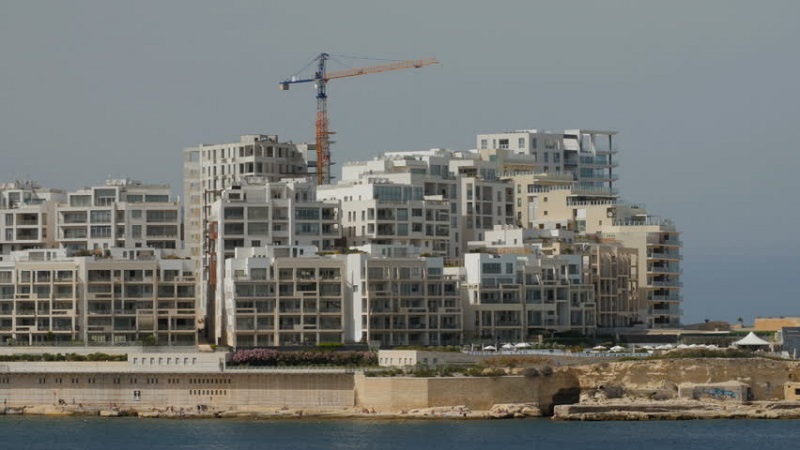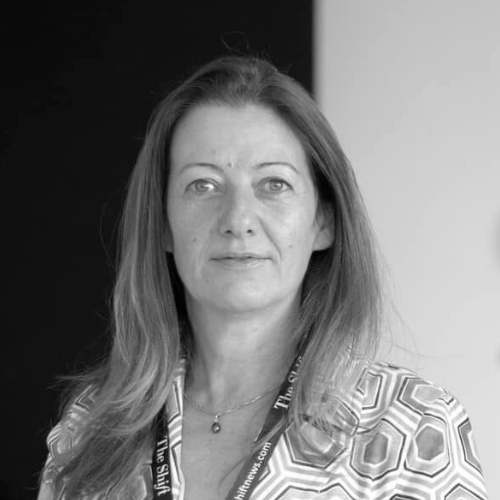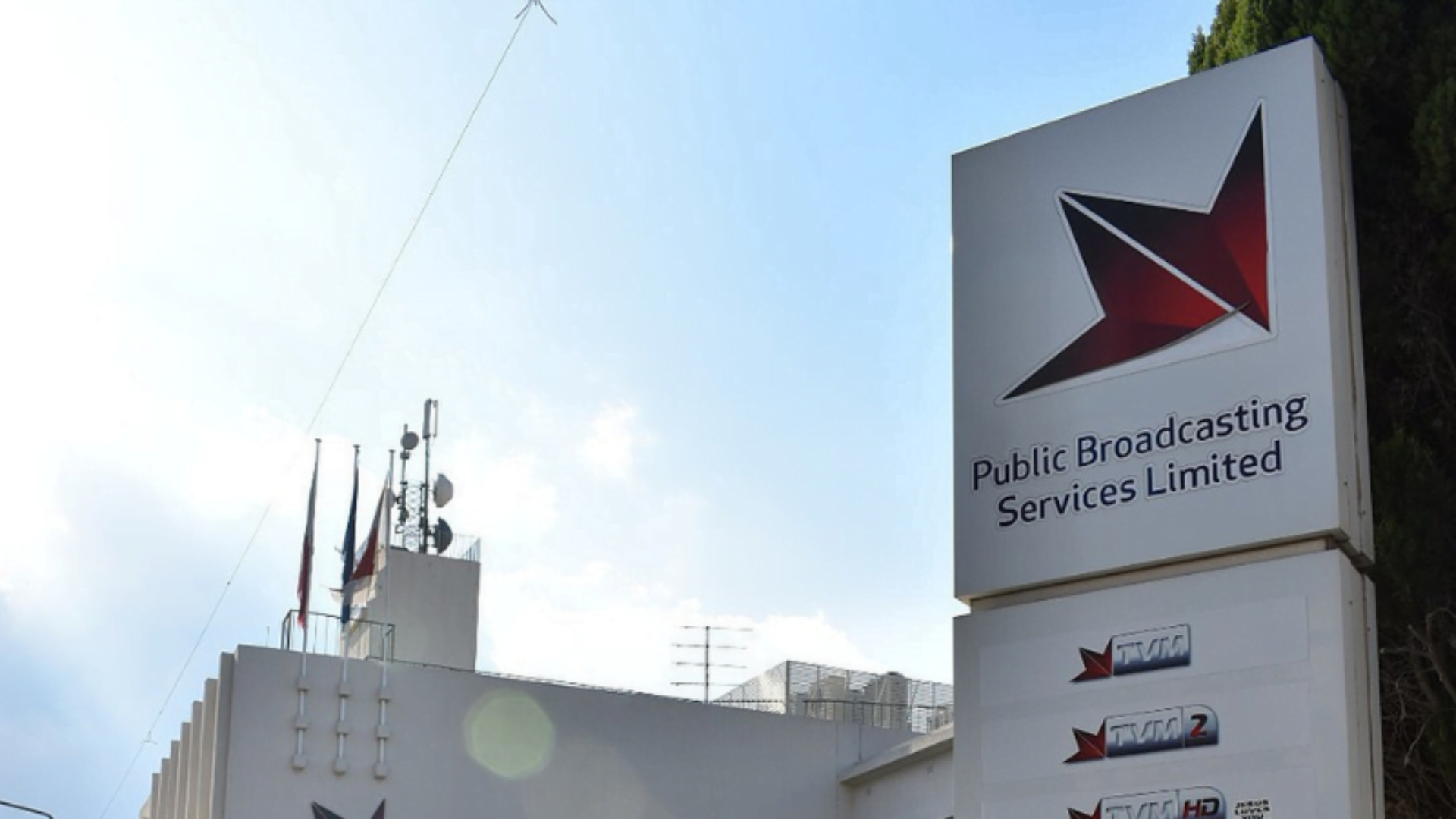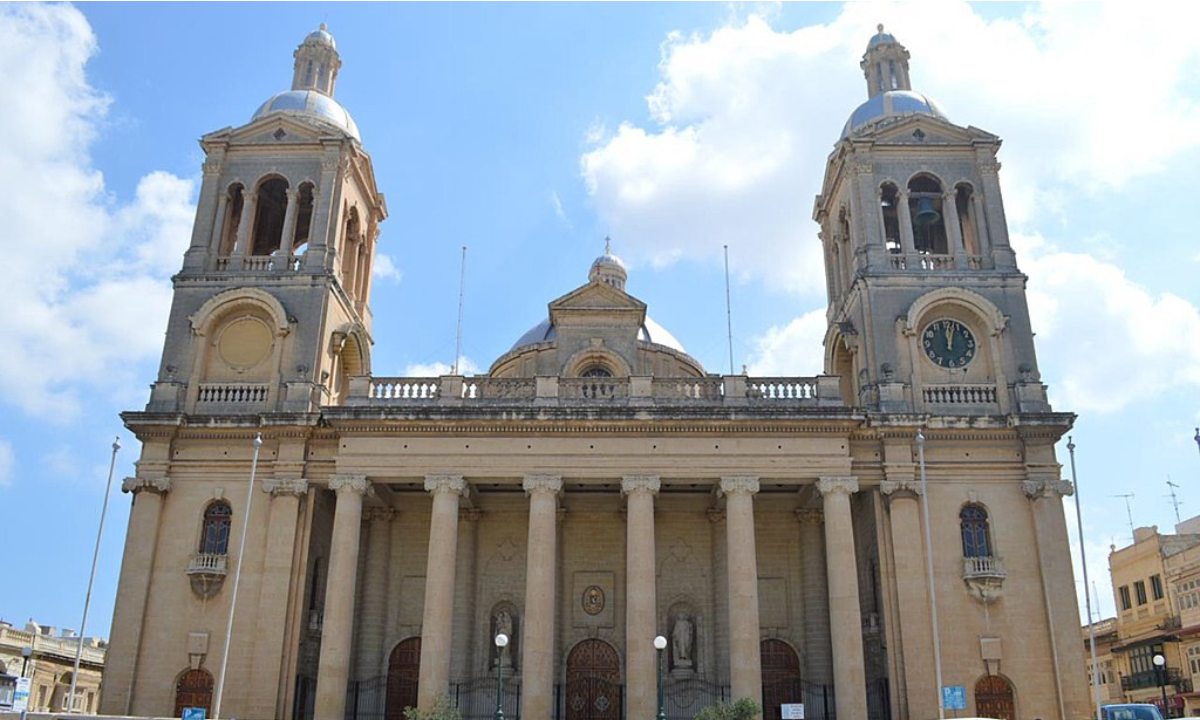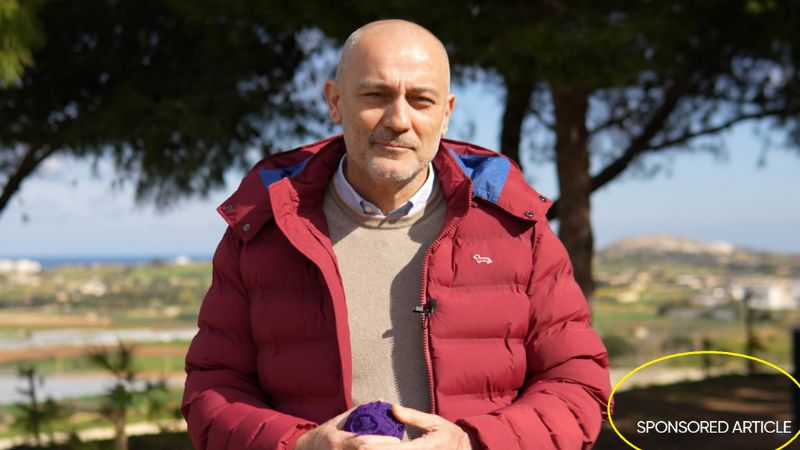“If you want to understand what’s most important to a society, don’t examine its art or literature, simply look at its biggest buildings”.
Applied to Malta, Joseph Campbell’s famous quote could be quite nauseating.
Malta has an array of aesthetically pleasing buildings built by notable architects. Now, the country is drowning in soulless concrete as the high rise craze consumes Malta.
There is a difference between embracing modernism or functionality and choosing quantity over quality.
Malta has become one large city, stuck in a perpetual traffic jam. Cities are built for people, but Malta’s planning is dysfunctional. All this has been said, and yet not much has changed.
Nobody wants to live in ugly and congested places. Attractive cities contain a balance of order and chaos, and they are adapted for the modern world without sacrificing local charm.
It is a mad rush of development in Malta, and it is ugly. Sandro Chetcuti’s answer, on Times Talk, is that ‘beauty is in the eye of the beholder’. Such a lazy argument does not hold water for long. There is nothing beautiful in tightly-packed rows of generic buildings with different heights, widths, styles and colours.
In Paris, boulevards are lined with classic Haussmannian apartment buildings where street blocks were designed as homogeneous architectural wholes. It is arguably too orderly and mundane; but the argument is about consistency, something that is lacking in Malta.
In Malta, ageing examples of traditional Maltese buildings that capture the local character are scrapped for blocks that generate maximum profit.
For tourists, it means that the typical Maltese character they know and love is being flushed away (Matthew Engel’s long read in the New Statesman sadly makes this clear). For pedestrians, it means narrower roads and pavements, with imposing apartments blocks bulging out onto the street and tables and chairs occupying pavements. For tenants, it could mean smaller flats and poorer conditions but it could also mean living in converted garages.
Chetcuti saw no problem in admitting that the government, being pro-business, listens to the developers – those with a vested interest in construction. He went on to say that all projects were in line with public policy, the government’s rubber stamp. In the interview, Chetcuti perhaps unwittingly revealed Malta’s bleak new ethos: it all boils down to money. That is what our biggest buildings represent. That is what is important to our society.
There is some light at the end of the tunnel. Through individual initiative, campaigns have begun to raise awareness on exorbitant rent prices in Malta, and public action has stopped development in Wied Għomor and Tal-Wej.
Yet if the current rate of development is anything to go by, the pace seems unstoppable.
Engel may have summed it up: “Taking the ferry across the harbour from Sliema to Valletta, you see the domed basilica peering above the ramparts, one of the great sights of Europe. Coming back, you see the new Sliema: a cheapjack Dubai or Singapore being built on shaky foundations”.
Our biggest buildings seem to speak for themselves.

